- 微信公眾號
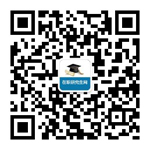
政策解讀
- 微信小程序

快速擇校

政策解讀

快速擇校
Science is a dominant theme in our culture. Since it touches almost every facet of our life, educated people need at least some acquaintance with its structure and operation. They should also have an understanding of the subculture in which scientists live and the kinds of people they are. An understanding of general characteristics of science as well as specific scientific concepts is easier to attain if one knows something about the things that excite and frustrate the scientist.
This book is written for the intelligent student or lay person whose acquaintance with science is superficial; for the person who has been presented with science as a musty storehouse of dried facts; for the person who sees the chief objective of science as the production of gadgets; and for the person who views the scientists as some sort of magician. The book can be used to supplement a course in any science, to accompany any course that attempts to give an understanding of the modern world, or – independently of any course – simply to provide a better understanding of science. We hope this book will lead readers to a broader perspective on scientific attitudes and a more realistic view of what science is, who scientists are, and what they do. It will give them an awareness and understanding of the relationship between science and our culture and an appreciation of the roles science may play in our culture. In addition, readers may learn to appreciate the relationship between scientific views and some of the values and philosophies that are pervasive in our culture.
We have tried to present in this book an accurate and up-to-date picture of the scientific community and the people who populate it. That population has in recent years come to comprise more and more women. This increasing role of women in the scientific subculture is not an unique incident but, rather, part of the trend evident in all segments of society as more women enter traditionally male-dominated fields and make significant contributions. In discussing these changes and contribution, however, we are faced with a language that is implicitly sexist, one that uses male nouns or pronouns in referring to unspecified individuals. To offset this built-in bias, we have adopted the policy of using plural nouns and pronouns whenever possible and, when absolutely necessary, alternating he and she. This policy is far form being ideal, but it is at least an acknowledgment of the inadequacy of our language in treating half of the human race equally.
We have also tried to make the book entertaining as well as informative. Our approach is usually informal. We feel, as do many other scientists, that we shouldn´t take ourselves too seriously. As the reader may observe, we see science as a delightful pastime rather than as a grim and dreary way to earn a living.
1. According to the passage, ´scientific subculture´ means _____.
[A] cultural groups that are formed by scientists
[B] people whose knowledge of science is very limited
[C] the scientific community
[D] people who make good contribution to science
2. We need to know something about the structure and operation of science because _____.
[A] it is not easy to understand the things that excite and frustrate scientists
[B] Science affects almost every aspect of our life
[C] Scientists live in a specific subculture
[D] It is easier to understand general characteristics of science
3. The book mentioned in this passage is written for readers who _____.
[A] are intelligent college students and lay person who do not know much about science
[B] are good at producing various gadgets
[C] work in a storehouse of dried facts
[D] want to have a superficial understanding of science
4. According to this passage, _____.
[A] English is a sexist language
[B] only in the scientific world is the role of women increasing rapidly
[C] women are making significant contributions to eliminating the inadequacy of our language
[D] male nouns or pronouns should not be used to refer to scientists
5. This passage most probably is _____.
[A] a book review
[B] the preface of a book
[C] the postscript of a book
[D] the concluding part of a book
答案:C B A D B
特別聲明:①凡本網注明稿件來源為"原創"的,轉載必須注明"稿件來源:育路網",違者將依法追究責任;
②部分稿件來源于網絡,如有侵權,請聯系我們溝通解決。
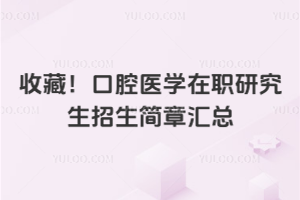
口腔醫學在職研究生有專業型碩士和學術型碩士,專業型需有口腔醫學專業學歷且有執業醫師資格等,學術型要求本科及以上學歷等。多所院校招生,不同院校專業學費不同,同等學...
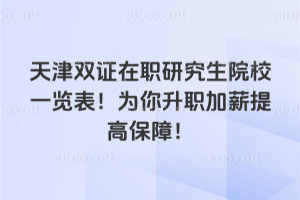
天津雙證在職研究生院校有河北工業大學、天津大學等。雙證指非全日制研究生,需參加全國統考,每年10月報名,過國家線有機會錄取,畢業獲學歷證與學位證,學信網可查,認...
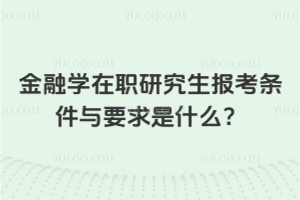
金融學在職研究生報考,非全日制方式要求本科畢業或專科畢業滿2年,初試與全日制考試科目相同;同等學力申碩方式,大專及以上學歷可報名課程學習,本科有學位滿3年可申碩...
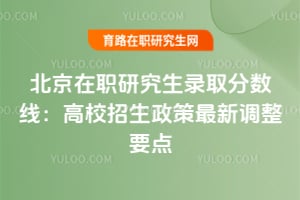
北京在職研究生錄取分數線迎來新變化,高校招生政策調整直接影響錄取機制。新政策聚焦分數線設定標準、專業招生比例優化等核心要素,旨在提升教育質量。這些變動對在職考生...
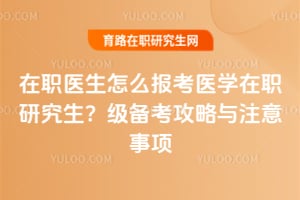
在職醫生報考醫學在職研究生常面臨工作與學習平衡的挑戰。本文提供全面攻略,詳細解析報名流程、資格審核和考試準備策略,包括高效復習方法和時間管理技巧。注意事項部分強...
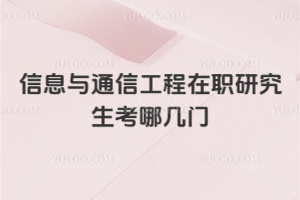
信息與通信工程在職研究生若通過同等學力申碩方式,入學無需考試。申碩階段考試一般考外語(如英語、法語等)和專業課(涵蓋信號與系統、通信原理等)。考試通過標準為及格...
評論0
“無需登錄,可直接評論...”